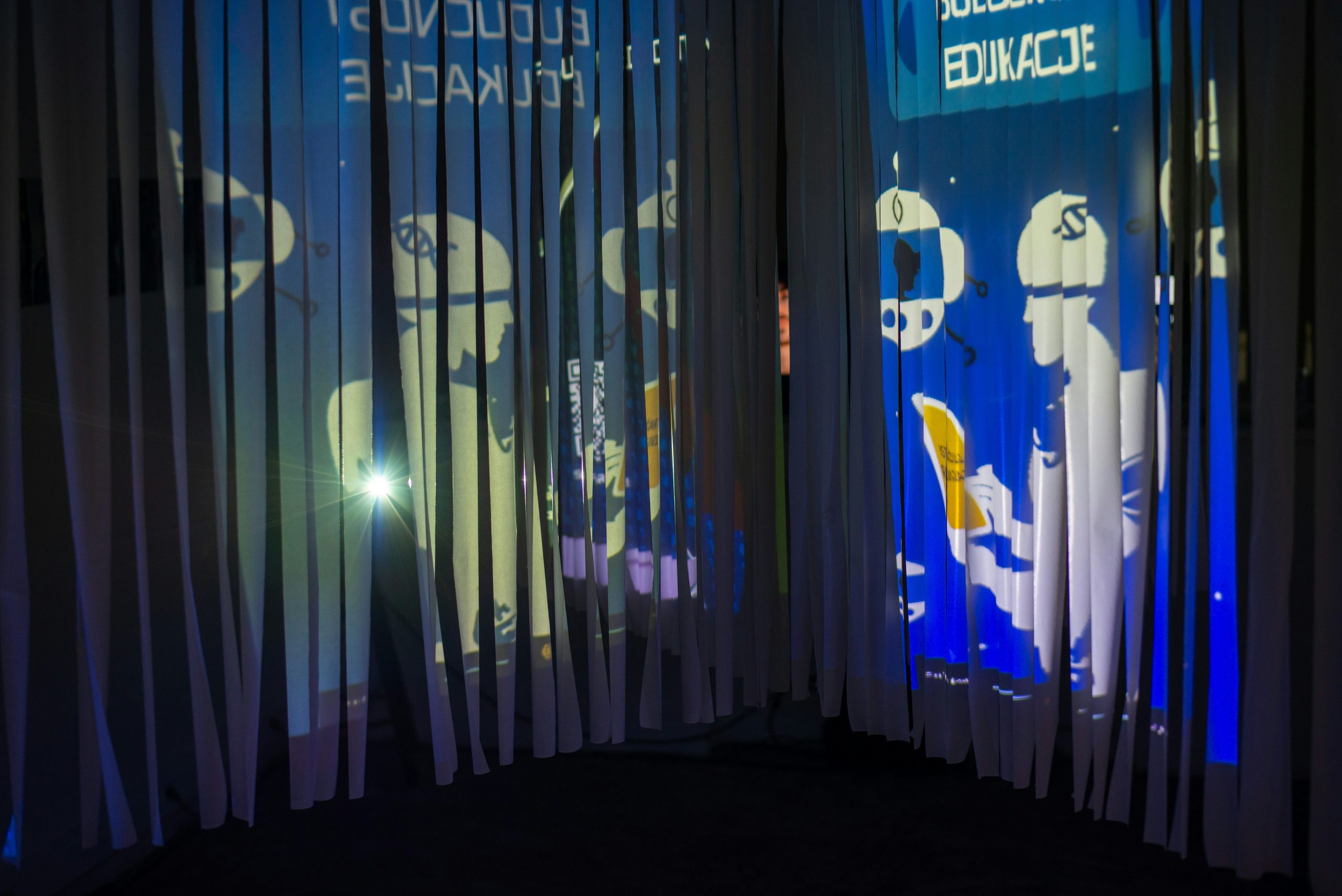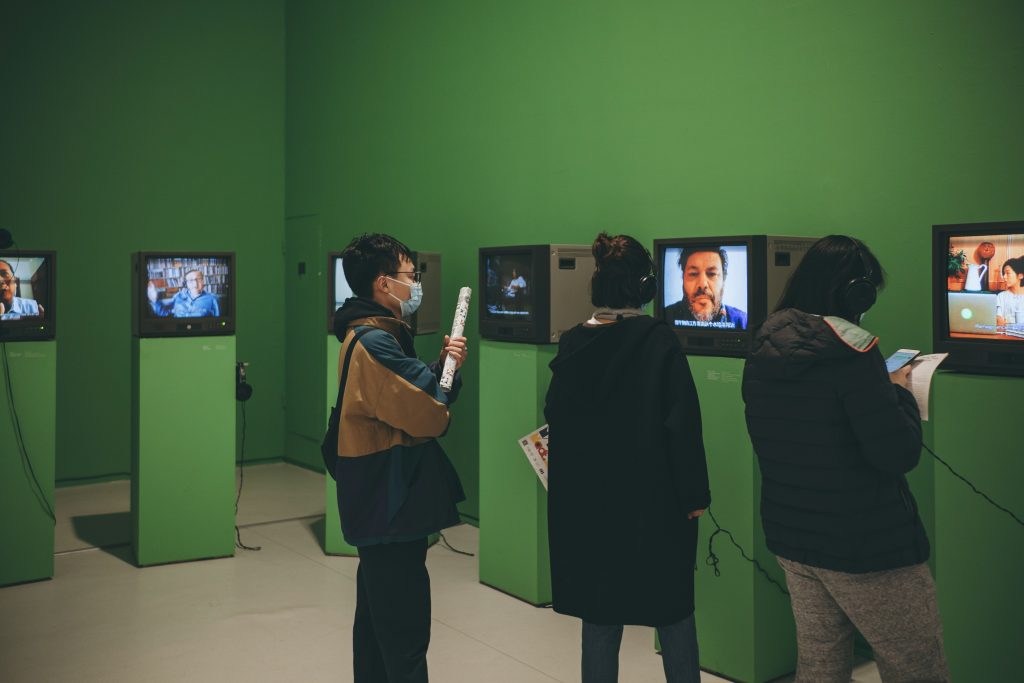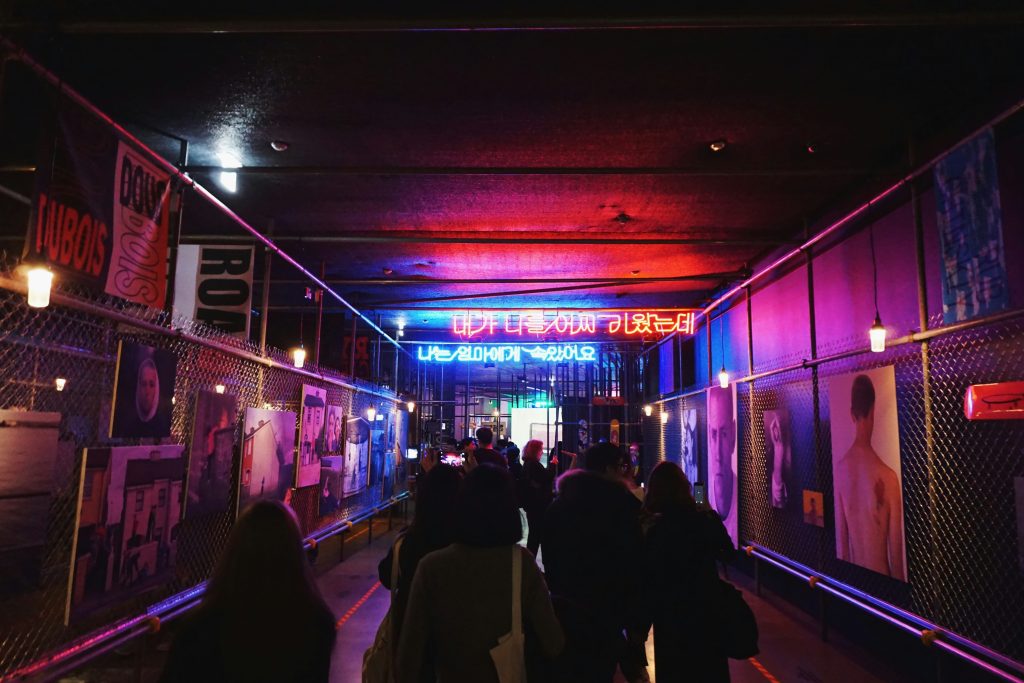
13 Oct Bringing Art to Life: The Rise of Digital Storytelling in Museums
Introduction
The fusion of art and technology has transformed how audiences experience creative works. Digital storytelling has become one of the most powerful tools in modern art exhibitions, enabling curators and artists to create immersive narratives that engage visitors beyond visual aesthetics. Rather than simply displaying artwork, digital storytelling allows exhibitions to communicate emotion, context, and meaning, bridging the gap between the viewer and the artist’s intention. In today’s digital era, where audiences crave connection and participation, storytelling enhances both the impact and memorability of exhibitions in physical and virtual spaces.
The Role of Storytelling in Digital Art Exhibitions
Storytelling forms the core of every compelling art experience. In digital settings, it provides a coherent structure that connects individual artworks to a unified theme or message. Through well-crafted narratives, curators can shape emotional responses, inspire reflection, and deepen understanding. Digital storytelling incorporates multimedia components such as video, animation, sound design, and augmented or virtual reality to enrich these experiences. These elements work together to transform traditional viewing into a dynamic, multisensory journey where visitors engage with the story in personal and meaningful ways.
Enhancing Viewer Engagement Through Interactive Narratives
One of the defining strengths of digital storytelling lies in its interactivity. Modern digital exhibitions often employ tools like motion sensors, touchscreen displays, or virtual reality (VR) environments that respond to audience participation. This approach turns visitors into active participants rather than passive spectators. For instance, a virtual gallery can allow users to explore 3D spaces where each artwork reveals background details, artist insights, or narrative layers through interaction. Such interactivity enhances engagement, encouraging visitors to spend more time exploring and forming emotional connections with the art.
The Impact of Multimedia on Artistic Interpretation
Multimedia integration adds depth to how art is interpreted and appreciated. Video projections can illustrate the artist’s creative journey, while ambient sounds can evoke the emotions or environments that inspired a piece. Digital displays might feature behind-the-scenes footage, artist interviews, or creative timelines that contextualize each work. By combining visuals, audio, and text, exhibitions offer a multisensory experience that appeals to different types of learners and viewers. This comprehensive approach helps audiences not only appreciate the craftsmanship but also understand the narrative and intention that give each piece meaning.
Virtual Exhibitions and Global Accessibility
Digital storytelling has significantly expanded accessibility in the art world. Virtual exhibitions remove geographical barriers, enabling audiences worldwide to engage with art from anywhere with an internet connection. Museums and galleries now design online experiences that replicate or enhance physical exhibits using 3D walkthroughs, interactive maps, and narrated tours. These virtual platforms often feature story-based structures that guide users through themed collections or artist retrospectives. By making art more accessible, digital storytelling promotes inclusivity and cultural participation, allowing people of all backgrounds to enjoy artistic experiences regardless of location.
The Emotional Connection Between Story and Artwork
Art naturally evokes emotion, and storytelling amplifies this effect by adding narrative context. When visitors understand the story behind an artwork—whether it reflects a personal journey, explores identity, or examines contemporary social themes—they connect more deeply with it. Digital storytelling allows curators to present these layers in ways that foster empathy and engagement. This emotional connection ensures that the experience resonates long after the exhibition ends, encouraging reflection and inspiring continued interest in the arts.
The Future of Digital Storytelling in Art
The future of digital storytelling promises even greater innovation. Emerging technologies such as artificial intelligence (AI), extended reality (XR), and holographic projection are poised to make exhibitions more immersive and adaptive. Future galleries may personalize the visitor’s journey using data-driven storytelling, creating customized paths that align with individual interests. Additionally, digital preservation techniques and virtual archives will ensure that interactive exhibitions remain accessible for future audiences. As these technologies evolve, they will continue to strengthen the bond between art, narrative, and audience participation, redefining how creativity is experienced in the digital age.
Conclusion
Digital storytelling is reshaping the way art is presented and perceived. By merging narrative with technology, exhibitions evolve into interactive, emotionally engaging experiences that transcend traditional boundaries. Through multimedia interpretation, virtual accessibility, and personalized interaction, digital storytelling enhances both the presentation and impact of artworks. As digital innovation continues to advance, storytelling will remain the key that connects artists, curators, and audiences in a shared journey of imagination, emotion, and discovery.
Key Takeaways
- Storytelling transforms art experiences: Digital storytelling enables museums to move beyond static displays by adding narrative depth, emotion, and context, helping visitors connect more deeply with each artwork.
- Interactive technology increases engagement: Tools like touchscreens, motion sensors, and VR environments turn audiences into active participants, creating personalized and immersive experiences that heighten emotional and intellectual engagement.
- Multimedia enriches artistic interpretation: The integration of video, sound, animation, and augmented reality helps audiences better understand the creative process, themes, and emotions behind each piece, appealing to multiple senses and learning styles.
- Virtual exhibitions expand accessibility: Online galleries and 3D walkthroughs make art available to global audiences, promoting inclusivity and allowing people to experience culture and creativity regardless of location.
- Emotional storytelling builds lasting connections: By revealing the stories and inspirations behind artworks, digital storytelling strengthens empathy and ensures that visitors carry the emotional experience beyond the exhibition space.
- The future promises deeper immersion: Innovations in AI, XR, and holographic projection will lead to more adaptive, personalized art experiences, preserving digital exhibitions and redefining how audiences interact with art in the modern age.
FAQs
How does digital storytelling enhance the visitor experience in modern art exhibitions?
Digital storytelling enriches exhibitions by combining multimedia elements—such as videos, sounds, and interactive features—to create a multisensory journey. This approach transforms passive viewing into active participation, allowing visitors to emotionally connect with the artwork and understand the narrative behind each piece more deeply.
What technologies are used in digital storytelling for art museums?
Museums and galleries utilize technologies like augmented reality (AR), virtual reality (VR), artificial intelligence (AI), and interactive touchscreens. These tools help curators craft immersive experiences, guiding visitors through personalized, story-driven exhibits that highlight the meaning, process, and inspiration behind the artworks.
Why is virtual accessibility important in digital art exhibitions?
Virtual accessibility allows people around the world to experience art without physical or geographical limitations. Through 3D virtual tours, narrated walkthroughs, and online storytelling platforms, museums make art inclusive and available to global audiences, encouraging cultural exchange and lifelong appreciation for creativity.
Immerse yourself in a cinematic journey through documentaries that capture the heart of cultural exchange in art. Learn how visual storytelling reveals shared traditions, evolving influences, and the creative conversations that shape the global artistic landscape.




